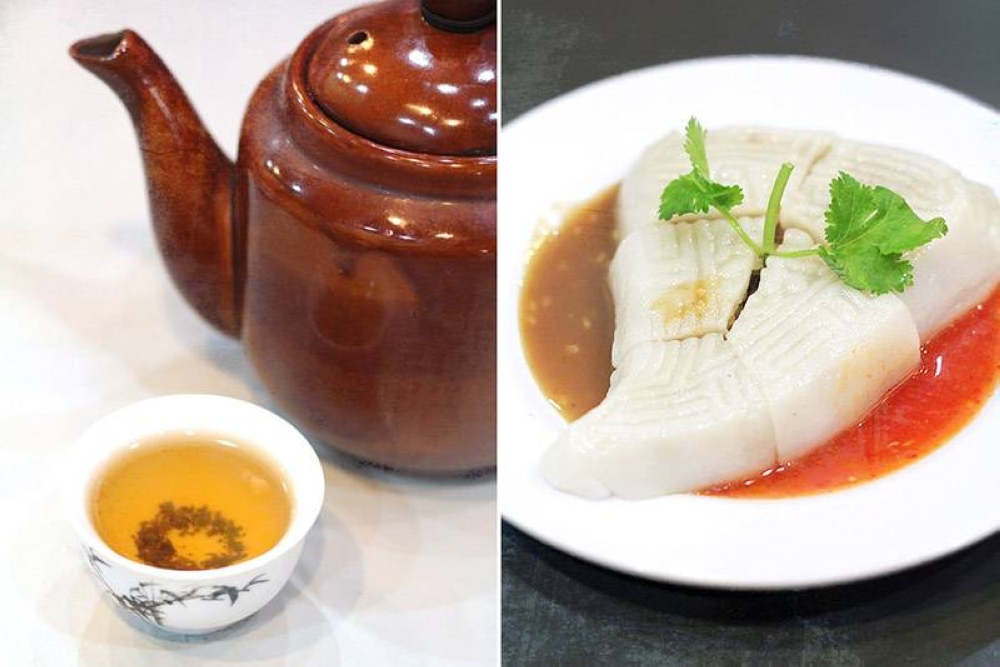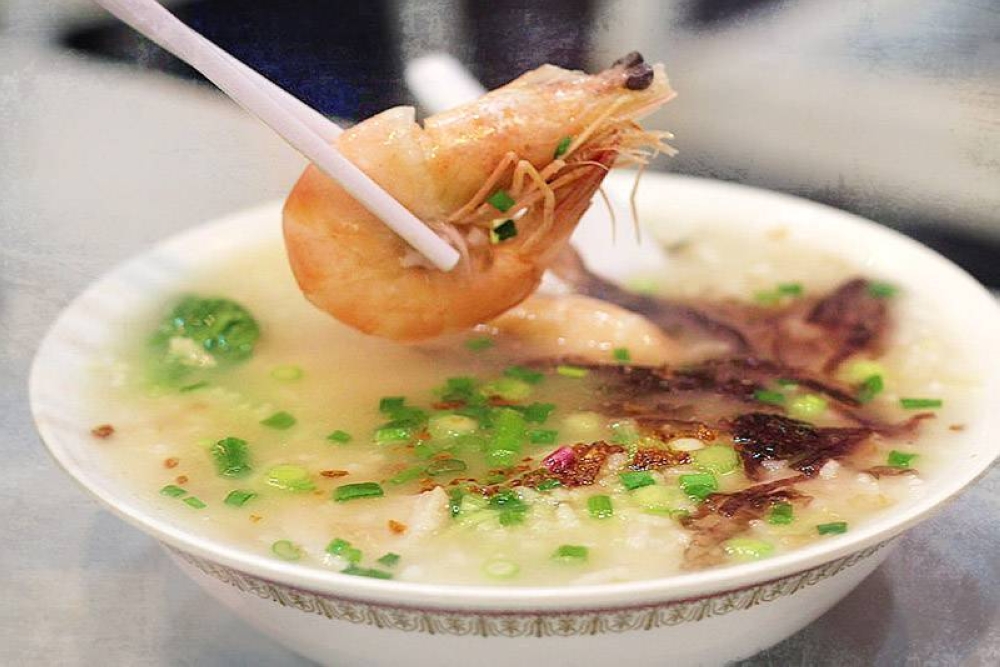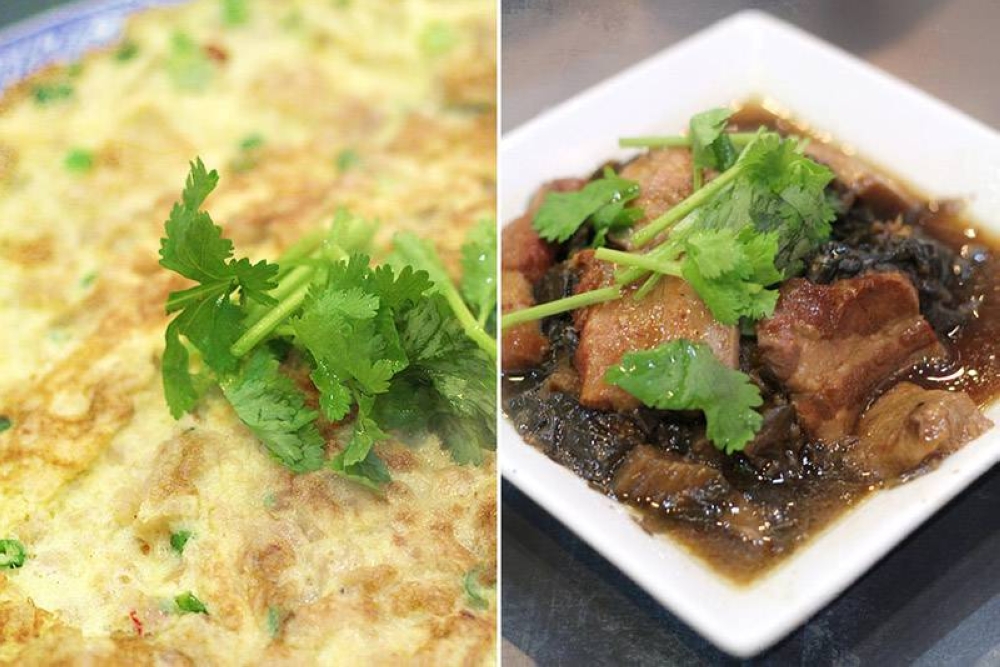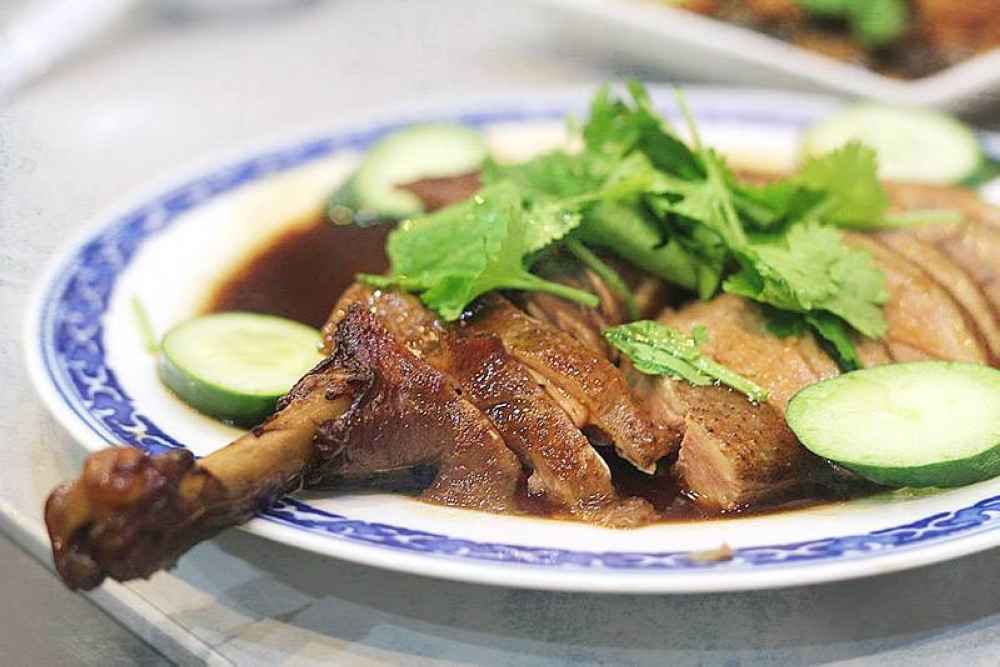KUALA LUMPUR, July 21 — It’s an imperial pose, the elegant neck, the gentle arching of the head like a yogi reaching the back and beyond. What a bonus that this graceful form is also very delicious.
I am, of course, describing the famed Red Stewed Duck at Restaurant Teochew Lao Er in Pudu. Braised in its own juices, soy sauce and other secret ingredients for hours, the duck’s meat is moist and flavourful — a minor miracle of the powers of long and slow cooking.
Restaurant Teochew Lao Er has been a Pudu stalwart for many decades now, transitioning from its initial operations of serving mixed rice dishes to its current model of a full service restaurant. Whatever form it takes, the eatery has focused on traditional Teochew cuisine throughout the years.
You can recognise this simply by their tea of choice — all Chinese restaurants serve Chinese tea, naturally, but Teochew establishments have a preference for stronger oolong teas such as the tiěguānyīn (literally "Iron Goddess of Mercy” in Mandarin) that has a roasted nutty flavour and bittersweet aftertaste.
Considered a cuisine with a lighter touch, there is less oil used (compared to Szechuan cooking, for instance) and more braising and steaming employed.
An example of such traditional Teochew cooking is the beng kueh, a steamed peach shaped dumpling. While the skin is soft and chewy, the filling is the star here, with a blend of sticky glutinous rice, dried shrimp, shiitake mushrooms, minced pork and peanuts.

It’s umami to the max, as some kid might exclaim.
You also really can’t have a Teochew meal without a proper Teochew mue or Teochew porridge. Unlike the more well-known Cantonese congee, which is silky smooth and requires hours of careful simmering, the Teochew version is more watery with loose grains of rice.
Here at Restaurant Teochew Lao Er, the go-to order is their Signature Seafood Porridge, chock-full of seafood flavour and topped with fresh prawns. Another popular choice is their sweet potato porridge.

Enjoy these with the traditional porridge sides such as stewed peanuts, salted eggs and preserved vegetables (xiáncài). The more adventurous can even try their cold marinated clams (yān gélí) and sesame jellyfish (zhīma hǎizhē).
What else goes well with the porridge? There is omelette with salted turnip (cài pú dàn) and stewed pork belly with mui choy or preserved mustard greens (méi cài kòu ròu). Classics, these.

You also can’t go wrong with some kueh chap — braised duck meat, pork offal and oodles of flat rice sheets in a dark soy sauce broth. Another classic.
Dining in a Teochew restaurant, then, appears to be about sticking to the tried and tested.
The server brings back the duck after it has been sliced and doused with the braising gravy. If the whole bird looked grand before, majestic in its curves and stature, now it has been brought down to size... bite-size pieces that is.

Far more manageable for chewing between spoonfuls of porridge, the rich gravy seasoning the thin gruel further with duck juices and stewing liquids. This is comfort food at its best.
Time for some sweet (and savoury) endings. Unlike many other Chinese cuisines, Teochew menus always feature a dessert section.
There’s nothing more emblematic of this saccharine leaning than the famous Teochew Yam Paste or Cháozhōu yù ní. There’s something deeply soothing about the warm and creamy yam paste that recalls meals of yesteryears.
Also known as orh nee in the Teochew dialect, the restaurant’s version comes with a smörgåsbord of delectable ingredients — yam, of course, but also some sweetness from pumpkin, candied winter melon and candied mandarin. Ginkgo nuts are a requisite touch while a mix of lard and rapeseed oil ensures that every mouthful is velvety smooth.

There are various tong sui to be had too, such as the Teochew green bean soup (lǜdòu shuǎng), sweet potato soup (fānshǔ tángshuǐ) and snow fungus with longan soup (xuě ěr lóngyǎn qīngtāng), but at this point in the meal you might be more than sated already.
Better save some room for the next visit, to savour more Teochew delights.
Restaurant Teochew Lao Er
6, Jalan Brunei, Pudu, KL
Open daily 11am-9:30pm
Tel: : 012-214 1077
For more slice-of-life stories, visit lifeforbeginners.com.






















